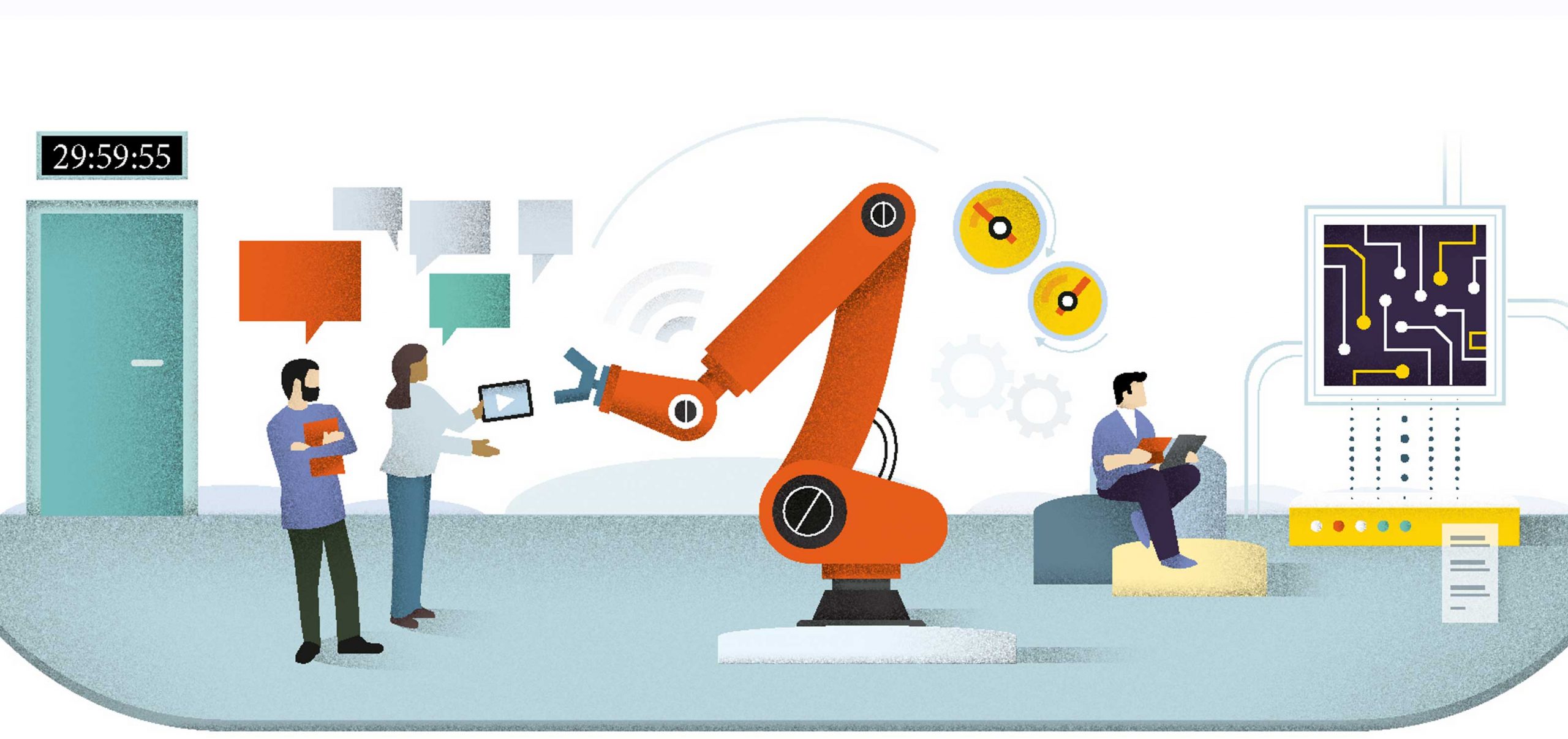
<!--[CDATA[
Electronic emergency braking systems make heavy goods transportation even safer. DHL trucks are now also equipped with the new technology. A sudden sneeze, coughing or simply the low sun that blinds. Only a few seconds in which a truck driver is not able to pay 100 percent attention is all it takes: The twelve ton truck races towards the end of a traffic jam that’s behind a blind corner. A serious accident seems inevitable. But this is where the emergency braking system intervenes. With a loud beep, it warns the driver of the danger. And if the driver doesn’t react, the computer automatically triggers the emergency braking. So the truck stops right before the traffic jam. Danger averted. Traffic researchers know: One third of all truck accidents are rear-end collisions. Their number and severity can be reduced significantly through the use of electronic accessories. That has also been recognized by legislative bodies, who have made emergency brake assist systems mandatory on a European level. Since November 2015, all newly registered heavy goods vehicles must be equipped with this technology. The system has to respond at least to slowly moving obstacles and trigger full braking. And from 2018 onwards, the emergency brake assist will also have to react to stationary obstacles.
Well elaborated and effective technology
The new technology makes road transport even safer. But already today, heavy trucks are involved in accidents far less than others on German roads. Furthermore, the death toll due to truck collisions has been steadily falling for years, despite the fact that haulage capacities have been steadily increasing. There was an 80 percent increase in the amount of goods transported by trucks between 1992 and 2012, while at the same time the number of persons killed in truck accidents went back by 57 percent. The way emergency brake assist systems work is well elaborated and effective. The system keeps a constant eye on the street in front of the truck through radar monitoring. If it detects a slow moving or stationary obstacle, it warns the driver through an acoustic signal and also begins to gently decelerate the vehicle. If the driver does not react immediately, the truck fully applies the brakes automatically. Nevertheless, the technology does not provide an absolute guarantee against crashes: If the road surface is slippery or the tyres worn off, even the automatic emergency braking system will probably not be able to avoid an impact. Although it will significantly reduce the consequences.
Customers can also be sure that DHL will increase their amount of transportations equipped with safety high-tech. The forwarding agent Leupold GmbH from the Bavarian town of Oberkotzau, an official Unitrans partner of DHL, has already equipped the first vehicles with the emergency braking technology. “Optimal safety engineering is indispensable, particularly on heavily used road systems – and it also increases the public’s acceptance of road haulage“, explains Managing Director Florian Leupold. But he also sees further advantages of the new safety technology: “Given the current lack of drivers on the market, it is a genuine advantage for vehicle owners if they can provide such equipment to job-seeking drivers“.
Electronic Stability Program (ESP): ESP ensures a safe ride and counteracts skidding of the vehicle. This is achieved through automatic braking of individual wheels as well as by reducing the power.
Adaptive Cruise Control (ACC): ACC keeps a predefined distance to the vehicle ahead via radar. If a collision is imminent, the system warns the driver and can also initiate partial braking if the driver does not respond.
Lane Guard System (LGS): If the speed exceeds 60 km/h, the LGS triggers a warning sound if lane markings are crossed without indicating. However, bad weather conditions as well as dirty windshields or camera optics can impair the functionality of the LGS.
Active Brake Assist (ABA): This system is based on the technology of Adaptive Cruise Control and can trigger emergency braking. It happens in four steps: 1) optical alarm, 2) acoustic alarm, 3) partial braking, 4) full braking.
Turning and Lane Change Assistant: When turning right, the system alerts the driver about any persons or vehicles the driver might not be able to see, as sensors keep an eye on a defined area on the right side of the vehicle. As soon as the right indicator is applied, a warning sound or light is turned on in case of danger.
Driver Alert System: If irregularities in driving behaviour are detected, especially when it comes to steering, the system makes drivers aware of the fact that they are probably tired and should take a break.
Brake Assist: The system detects emergency braking situations and automatically increases braking pressure, keeping it applied until the vehicle comes to a full stop.




